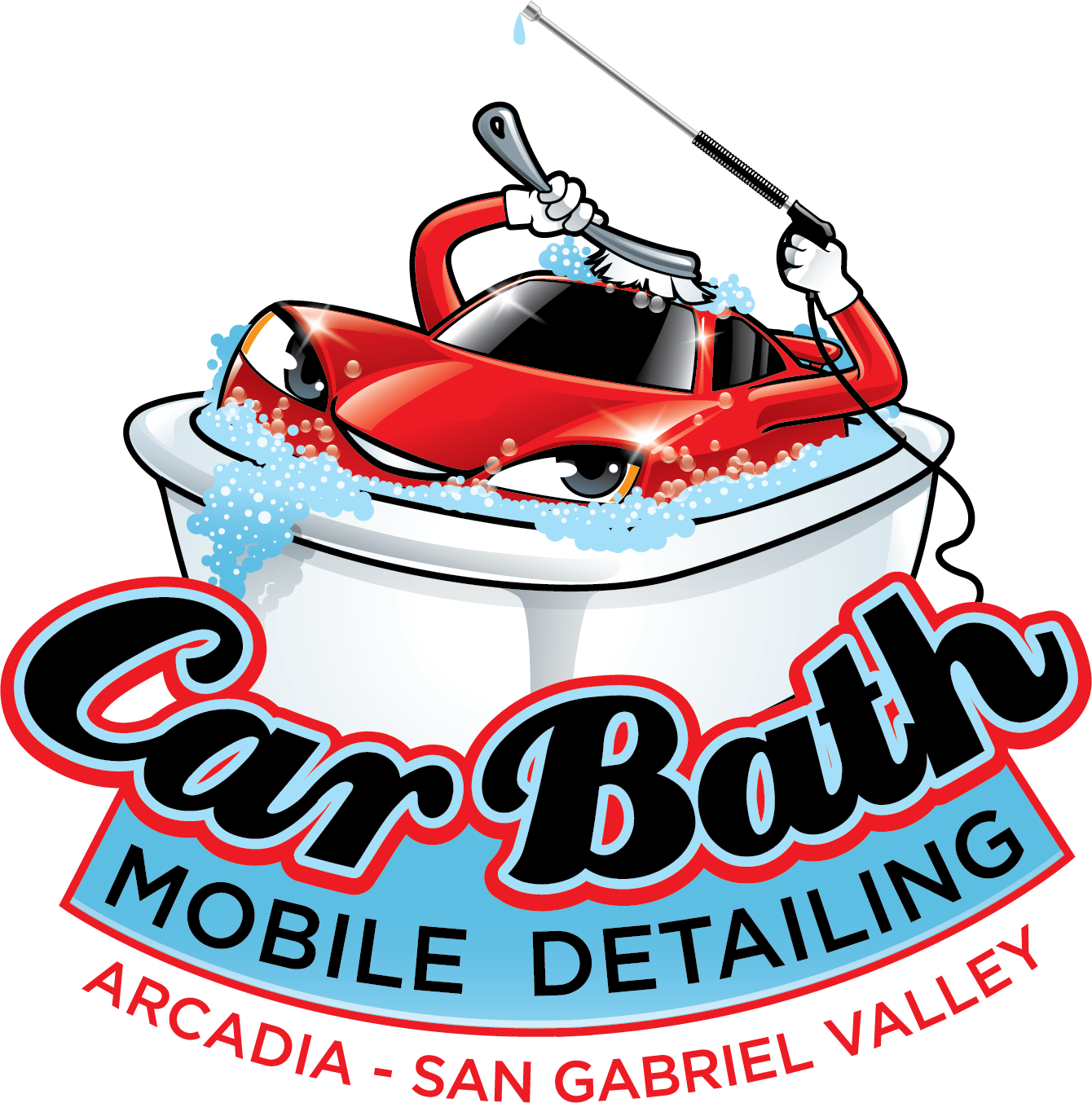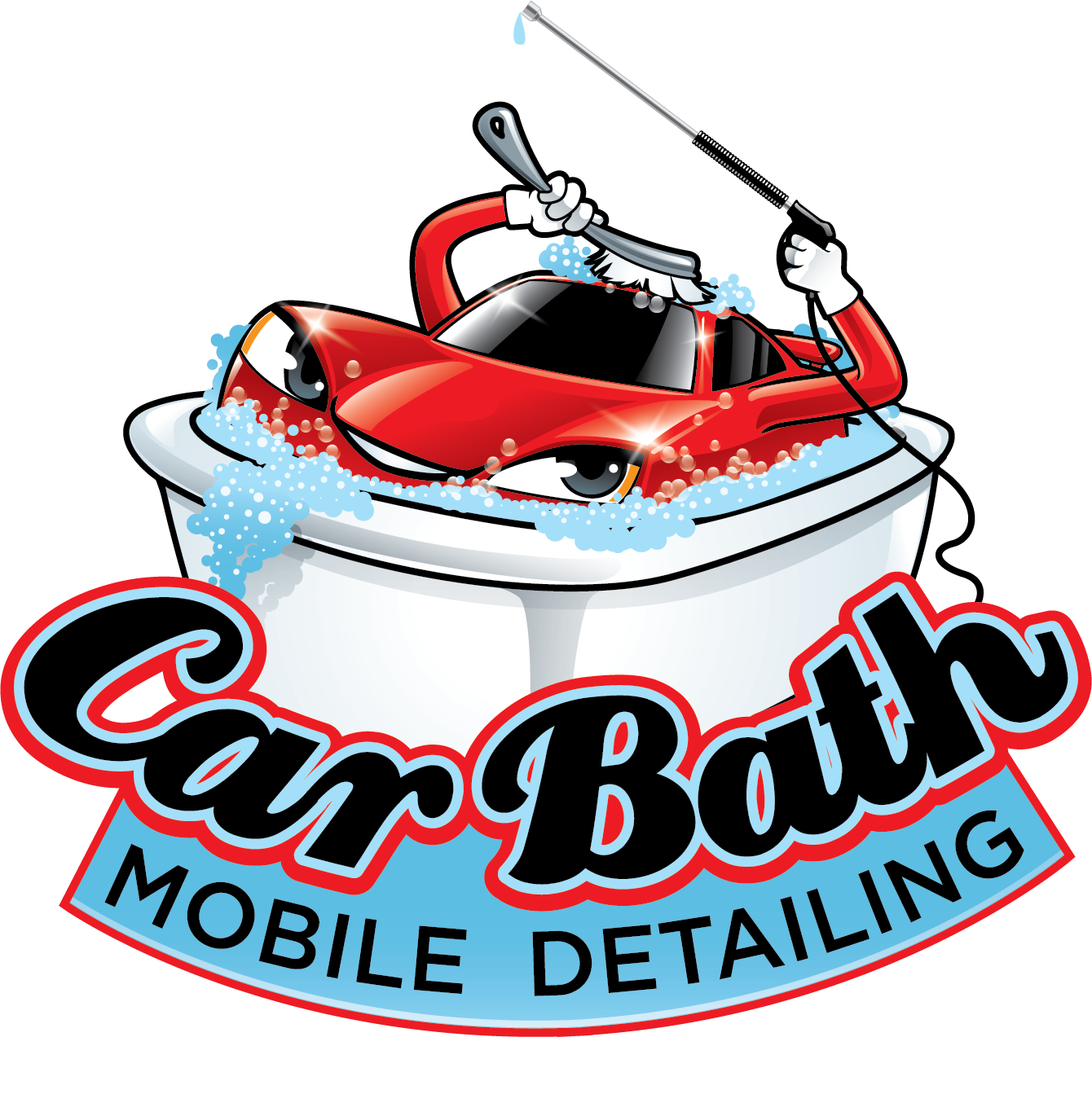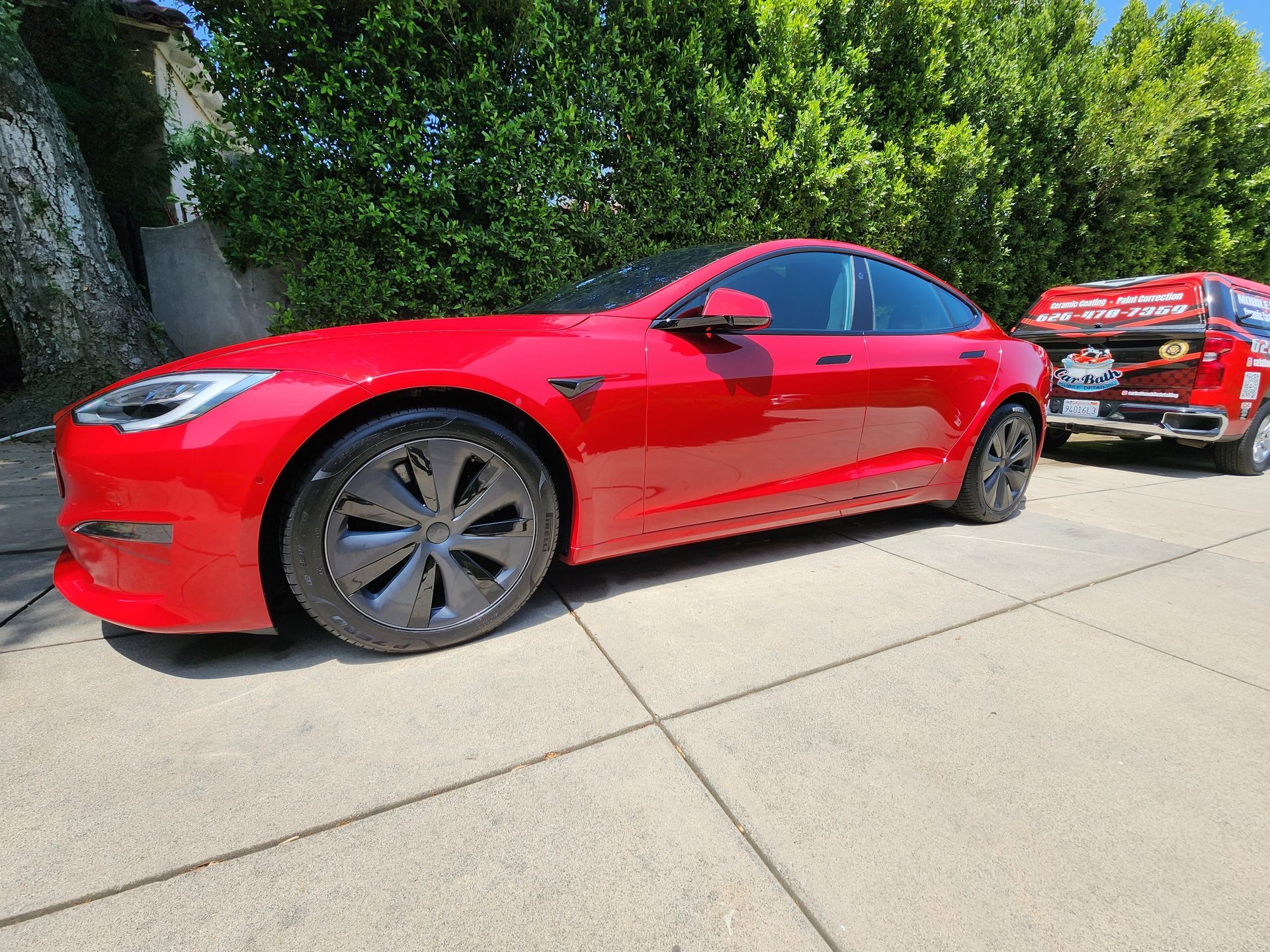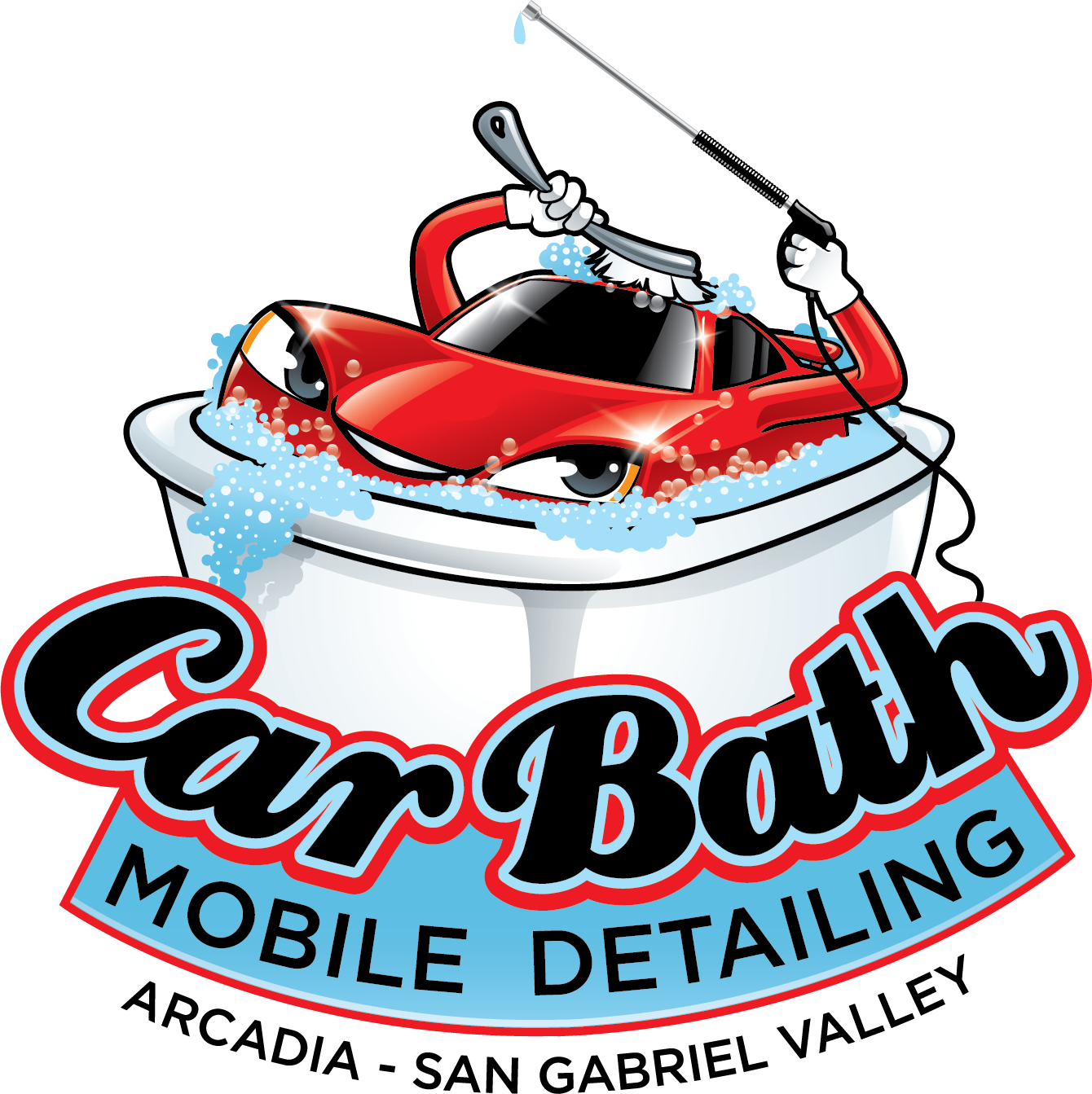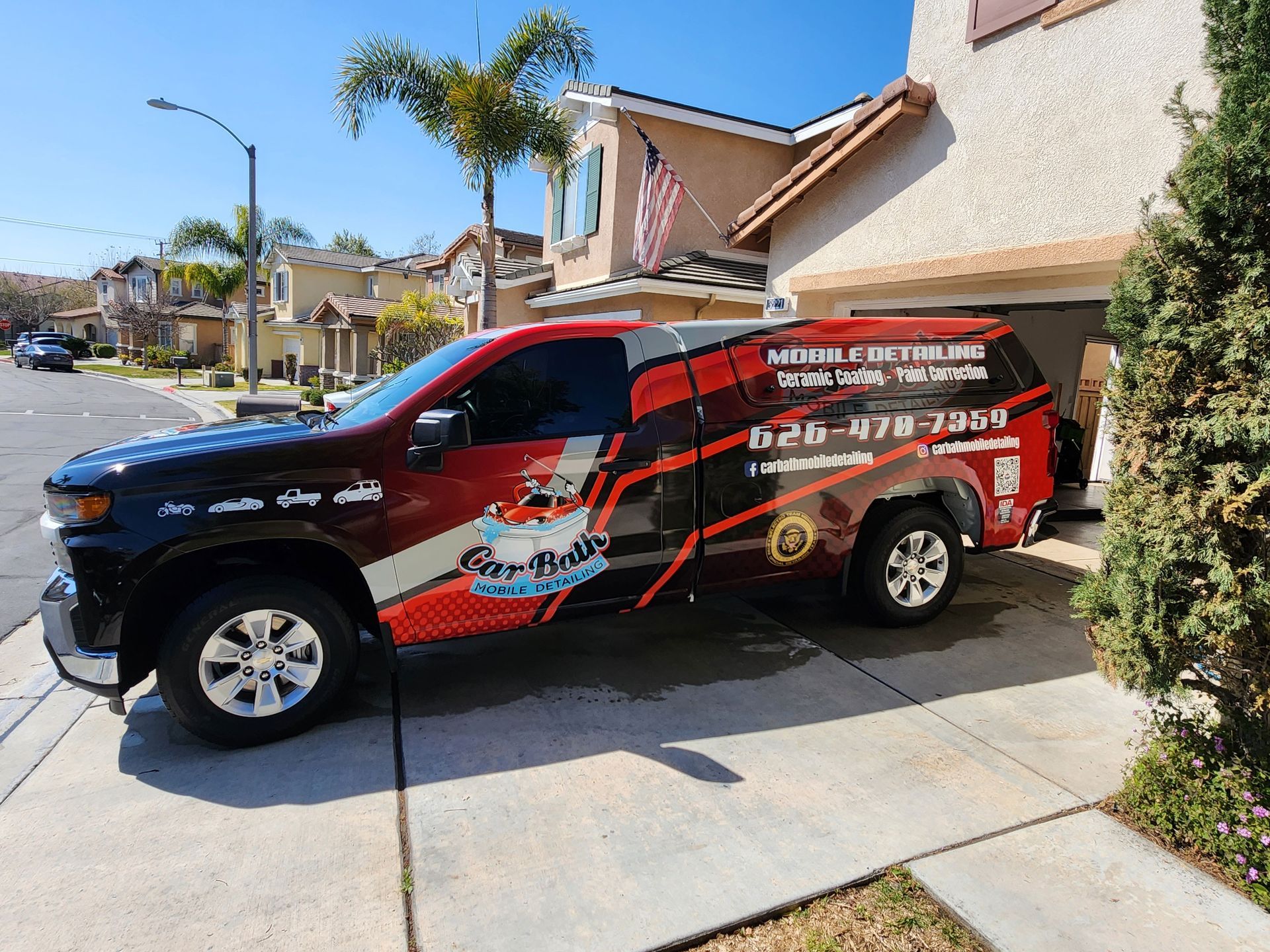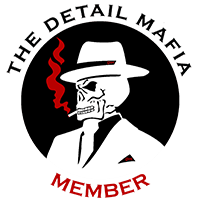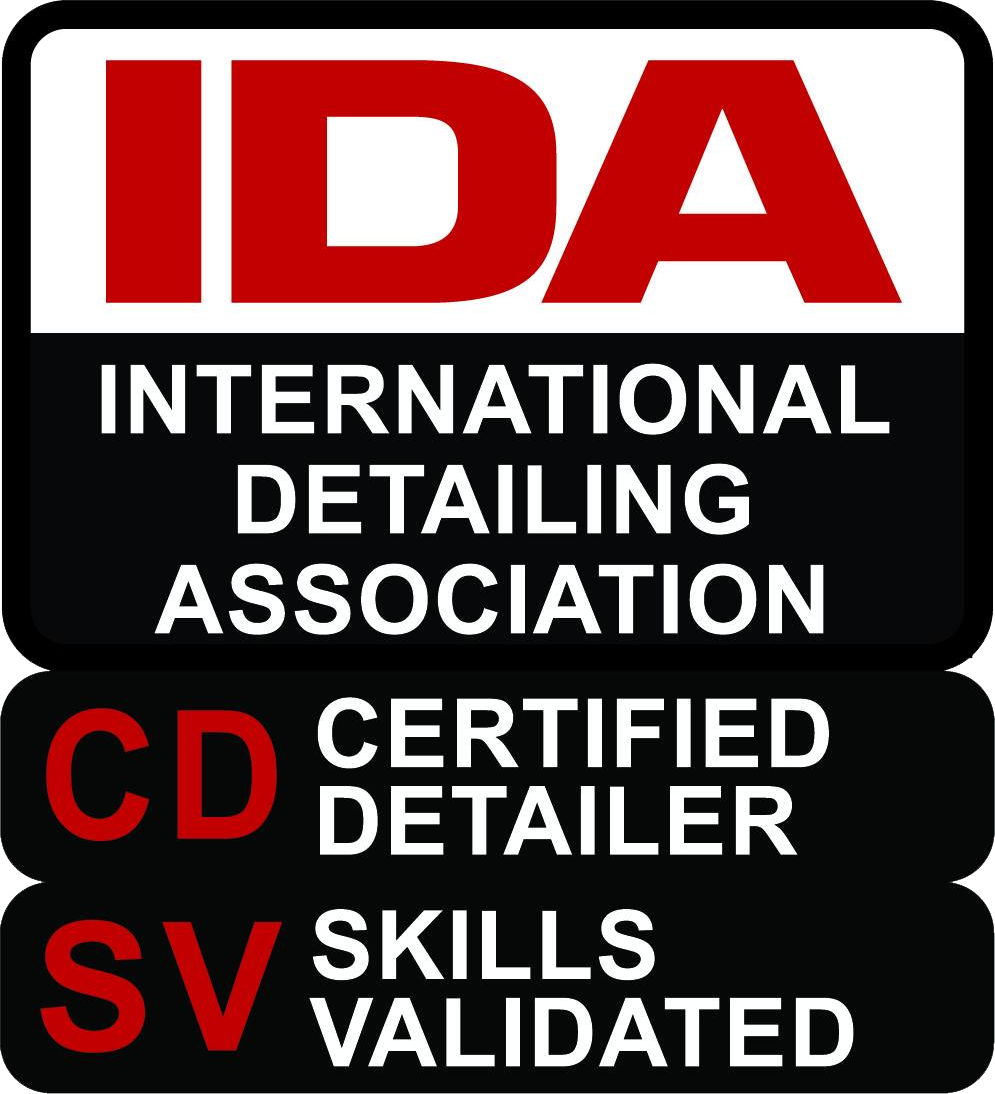Paint Correction 101: Everything You Need to Know
CALL (626) 470-7359
GET A FREE ESTIMATEPaint correction is an essential term in the car detailing industry, and it plays a crucial role in restoring or improving a car's appearance. But what exactly is it, and why should you care about it? In this blog post, we'll delve into the nitty-gritty details of paint correction. Explaining what it is, how it differs from regular wash and wax, and the techniques involved. We'll also delve into its critical differences from polishing, common paint defects it addresses, and the significant benefits it brings.
Suppose you notice scratches, swirl marks, or variations in color on your car. In that case, you might deal with paint defects that mar its appearance and reduce its resale value. Paint correction, a process far beyond a simple wash and wax, carefully treat these imperfections to return your car's initial charm.
However, not all paint issues call for the same solution. This is where understanding the difference between paint correction and polishing becomes crucial. Also, knowing the common paint defects and how paint correction manages them can be incredibly helpful.
By the end of this read, you'll not only have a better understanding of paint correction, but you might also find yourself looking up 'paint correction services near me' to give your car the treatment it deserves. So, buckle up and prepare for an informative ride into the world of paint restoration.
What is Paint Correction?
With a general understanding of what this blog post is all about, let's dive right into defining paint correction. So, what exactly is it? Paint correction, also known as automotive paint restoration, is an intensive process that works on rectifying and eliminating the surface imperfections on a car's paintwork.
These flaws might include swirl marks, fine scratches, bird-dropping etchings, water spots, and holograms. All of these factors reduce your car's crisp and shiny appearance. Unlike regular wash and wax, which clean the surface and offer a short-term shine, the correction process delves deeper. It targets and removes those ingrained defects, resulting in a much more significant improvement in your vehicle's appearance.
But how does it achieve this? Various techniques are involved in the process. Some of the primary ones include wet sanding, compounding, and polishing. Wet sanding, often used for heavier defects, uses water to provide lubrication while the sanding process is ongoing. Compounding is a more abrasive technique that helps eliminate deeper scratches and marks. Polishing is then used as a less aggressive method to refine further and enhance the look of the paint.
However, it's crucial to note that this is not a one-size-fits-all process. It requires understanding the car's paint type, thickness, and any pre-existing damage involved. Also, the vehicle's condition and the specific paint defects dictate the techniques adopted and the level of paint correction needed, ranging from a single-stage correction to a multi-stage process.
The process is time-consuming and meticulous. Still, when your previously marred car looks glossy, vibrant, and almost brand-new, you'll agree that it makes all the difference. Next, we'll delve into the critical distinction between paint correction and polishing better to understand the full scope of car paint maintenance.
Key Differences Between Paint Correction and Polishing
At first glance, paint correction and polishing might appear synonymous to the uninitiated. While they share some techniques and contribute to your car's ultimate gleaming appearance, these two processes differ in their goals and the paint defects they address.
Polishing is a standard part of every paint correction process, often done as a finishing step. It's geared toward refining the car's paint surface to a glossy, pristine finish after defects are removed through other methods. Polishing softens, smooths, and boosts the paint's shine, enhancing its aesthetic appeal. It is typically suited for lighter defects like minor scratches or oxidation, as it carries less abrasive action than correction techniques.
On the other hand, paint correction is a broader and more intense process dedicated to restoring a car's coat to its former glory by meticulously addressing a range of paint defects. The correction process may involve techniques, including sanding and compounding—more abrasive actions to remove or reduce deeper scratches, swirls, etchings, and other significant paint flaws. It's like resetting or resurfacing the car's paintwork, pushed a step further than polishing to eliminate as many defects as possible.
Now, if paint correction already involves polishing, why is polishing regularly practiced as a standalone maintenance task? The answer lies in the intensity of these processes. Being less aggressive, polishing is considered a regular maintenance flow to keep minor flaws at bay and maintain your car's shine. Simultaneously, paint correction is reserved when significant defects arise that can't be handled by mere polishing or when aiming for absolute perfection in the vehicle's appearance.
Therefore, while both processes work towards making your car look its best, the complexity, abrasion level, and the type of flaws they handle draw the line between paint correction and polishing. The nature of your car's paint defects will determine whether a simple polish will do the trick or requires a more comprehensive paint correction procedure.
Discerning between these two processes equips you with the knowledge to care for your car accurately. Are you curious about what some of these paint surface defects look like? Next, we'll discuss common paint defects that paint correction addresses.
Common Paint Defects That Paint Correction Addresses
Knowing about paint correction is one thing, but recognizing when your vehicle might need it is another. So, let's discuss the common paint defects that paint correction effectively addresses.
First on the list are swirl marks, also known as spider-webbing. Improper washing and drying techniques typically cause these tiny, circular scratches on your car's surface. They might seem trivial, but they add fine lines that dull your car's shine under direct light.
Next are the scratches. These marks are never a good sight, from light scratches that only affect the clear coat to deeper ones that reach the car's paint. Whether from scraping against something or collateral damage from a road trip, they undermine your car's look.
Water spots are another common issue. They are caused by water droplets that dry on paint and leave behind mineral deposits, making the paint look pock-marked. Check out our blog post: How to Prevent and Remove Water Spots From Car Paint and Glass.
You may also find bird-dropping etchings. Acidic bird droppings can etch into your car's paint if not cleaned promptly, leaving uneven marks.
Holograms are often the result of an incorrect machine polishing technique. They give the paint a 3D illusion, appearing as lighter or different-colored patches when viewed from various angles.
Lastly, oxidation is characterized by a dull, faded paint surface from prolonged exposure to sunlight and air.
These are just a few examples. Each defect undermines your car's appearance in its own way. Still, a professional paint correction process can work wonders to address these issues, restoring your car's look to its stunning, glossy best. We'll take a look at the benefits of a correction next.
The Benefits of Paint Correction
Given its intricate process and the remarkable transformation it achieves, paint correction has numerous benefits. It's more than just a cosmetic uplift; it is an investment in your vehicle's value and longevity. Let's delve into the core advantages that make restoring the paint worthwhile.
Firstly, and most obviously, it dramatically improves your car's appearance. By eliminating surface imperfections like scratch marks, swirls, bird droppings, etchings, and dull spots, paint correction bestows your vehicle with a fresh, vibrant, and showroom-worthy shine. This transformation can turn heads whenever you drive your car down the road.
Secondly, the correction results enhance the look of your vehicle's paintwork. Over time, untreated surface defects can progress into more profound damage, leaving the paint susceptible to the elements. Paint restoration removes these potential trouble spots, extending your paintwork's life and appearance.
Thirdly, it increases your car's resale value. A well-maintained exterior signals a car's beauty and suggests well-maintained internals. Therefore, a vehicle with high-quality, defect-free paintwork can command a higher resale price than a similar model with visible defects.
Lastly, paint correction supports easier maintenance. A car with a smooth, defect-free surface is less likely to accumulate dirt and grime, making it easier to keep clean. Plus, subsequent wash and wax sessions are more effective on a corrected surface.
Now that we've explored the benefits of paint correction, you might be eager to give your car this royal treatment. But how can you find professional paint correction services in your locale? What factors should you consider when choosing a provider? Our next section will help you select your car's exemplary paint correction service.
Paint Correction Services Near Me: Finding the Best Experts
Since paint correction is a significant investment in your vehicle's value and appearance, finding an expert service provider is vital. But how do you go about this? Where can you look, and what factors should guide your choice? Here's a simple guide to get you started.
The first step is good old research. Thankfully, the internet simplifies this step. Online platforms and forums catering to car maintenance are great places to look for 'paint correction services near me.' Check out reviews and ratings for businesses in your area. Please pay attention to the details that customers highlight in their experiences.
While online reviews give a good starting point, don't stop there. Ask for personal recommendations from family, friends, or neighbors who have had paint correction done on their vehicles. Nothing beats a trusted recommendation from someone you know.
Next, consider the provider's experience and expertise. How long have they been offering paint correction services? What's their knowledge level of this specialized process? Be sure to ask about the techniques and products they use.
You should also pay attention to customer service. A professional will be more than willing to explain their processes, answer your questions, and provide a precise quote for their services. If they're elusive or dismissive, that's a red flag.
Along these lines, Car Bath Mobile Detailing proudly offers excellent paint correction services. Backed by years of experience, knowledge, and a commitment to stellar customer service, we're dedicated to restoring your car's paintwork to its awe-inspiring shine. Give us a call today!
FAQS
How often should I get my car's paint corrected or polished?
The frequency of paint correction or polishing for your car is heavily influenced by the thickness of the clear coat, the car's use, and exposure to the elements. Please remember, each round of paint correction takes a minimal amount of clear coat to make sure there are no defects. A car's clear coat is usually within 3 - 5 millimeters thick, and you want to avoid wearing it out prematurely.
For instance, if your car is regularly exposed to harsh conditions, you may need light polishing. It depends on your car's specific conditions and how well you can maintain it between professional treatments.
Proper washing and care can minimize the need for frequent paint corrections. So, always remember: adequate maintenance is critical to keeping your vehicle looking its best and prolonging the life of the paintwork.
Can I do paint correction or polishing myself, or should I hire a professional?
Hiring a professional is always advisable regarding paint correction or polishing. Though it may seem like a DIY opportunity, the process is delicate and requires specific skills, knowledge, and tools to avoid causing more harm than good.
Professional detailers use specialized tools such as a paint thickness gauge to measure the thickness of the vehicle's paint and clear coat before starting. This information guides the extent of the correction or polishing process, ensuring the integrity of the paintwork isn't compromised.
Moreover, experienced professionals understand the different paint types and how they respond to various correction methods. They know how much pressure to apply, the proper techniques for each paint defect, and which products are best for your car.
Improper handling during a DIY job can lead to burn-throughs, where the clear coat or paint is entirely removed, leading to more severe and expensive repairs. Therefore, professional handling is undoubtedly safer and more effective. At the same time, you can handle regular washing and waxing for paint correction and polishing.
Can paint correction or polishing remove deep scratches?
Paint correction can minimize the visibility of deep scratches by leveling the surrounding clear coat or paint layer. However, its effectiveness depends on the depth of the scratch.
Suppose the scratch only extends into the paint's clear coat or color layer. A professional paint correction process can significantly improve the situation, often making the scratch invisible.
However, suppose the scratch reaches past these layers and into the primer or even the metal underneath. In that case, paint correction alone may not completely hide these defects. Deep scratches often require extensive repair work, including filling, repainting, and blending to match the surrounding paint.
Thus, while paint correction is highly effective for many paint defects, more comprehensive bodywork repairs might be necessary for intense scratches and damage. If you're unsure, call a professional for advice—they can evaluate the best path forward to restore your car's appearance.
How much does paint correction or polishing cost?
The cost of paint correction or polishing can significantly vary, mainly depending on the degree of damage, the size of your vehicle, and the level of expertise of the professional you hire. Other factors may encompass the complexity of the job and the time it will take to complete it.
As a ballpark figure, essential single-stage paint correction services may start around $550. Still, they could go up to $650 for larger vehicles. However, the cost could range from $550 to a few thousand dollars for more intensive multi-stage paint correction.
Keep in mind the cheapest service isn't always the best. Paint correction is a skill-intensive procedure where expertise and attention to detail count enormously. It's worth investing in high-quality service to ensure the best possible result for your vehicle.
As always, it's best to talk to professionals like us at Car Bath Mobile Detailing to get an accurate quote based on your vehicle's condition and needs.
